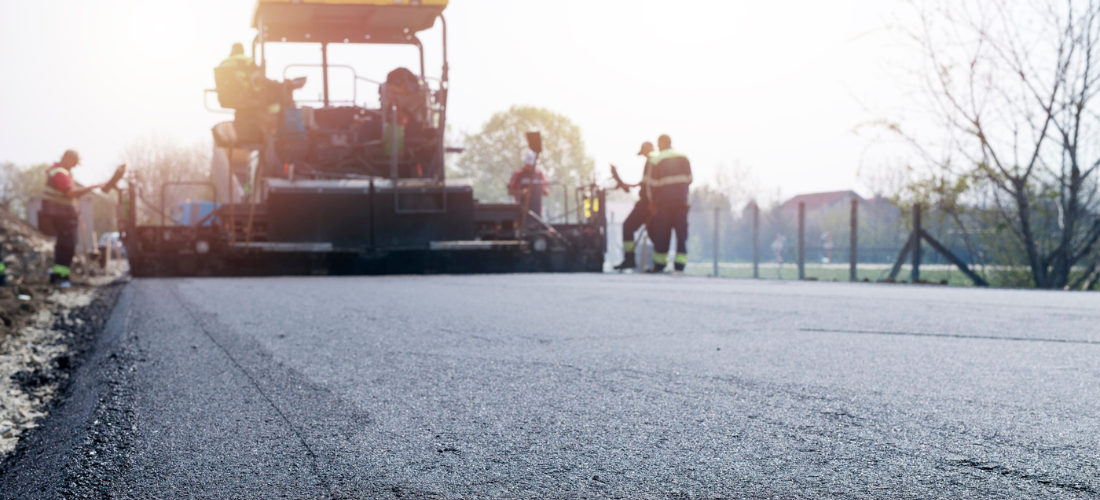This article takes a look at some of the challenges that are faced by engineers and managers who are attempting to implement suitable and inexpensive maintenance on rural roads in developing countries like India.
We investigate the operational arrangement possibilities, the technological option choices, and the essential budgetary allotments for the job. We are primarily concerned with unpaved roads (roads made of earth and gravel), as these make up the vast majority of networks in developing countries.
Furthermore, the condition deterioration rates of unpaved roads mean that any road maintenance system must be designed to actively prevent significant loss of assets or severance of network links.
Operational Arrangements
The Public sector and the Private Sector are the two primary choices for the organization of rural road maintenance works, respectively. There are various situations in which the community engagement or the self-help arrangement are both viable options. It is anticipated that this final option will garner more interest in the future as more people become aware of the necessity of a pragmatic partnership between central funding, communities themselves, and technical input in order to achieve affordable arrangements in an environment with limited resources. This is something that will become more apparent as time goes on.
Options available in technology
Because of the issues that were brought up in Which Technology and Resources? Heavy equipment-based techniques of unpaved rural road maintenance works are prohibitively expensive and cannot be maintained for an extended period of time in most circumstances due to the environment’s restricted resource availability and Overview of Technology Options.
When specific conditions are satisfied, it has been demonstrated that labor-based road maintenance activities, as well as those that combine labor with intermediate equipment, may be carried out effectively in the role of road maintenance works.
Expenses Related to Upkeep
How many inches is a length of string? As was previously mentioned in, there are a great number of elements that What will the price be? As has been discussed in another section of this page, the culture of collecting cost data and keeping it up to date is lacking in the majority of road authorities in developing countries.
Estimates are often focused on individual projects and do not take into consideration the long-term financial commitment or the overhead expenses associated with organized road maintenance works.
The pricing of equipment is difficult owing to a number of factors, including but not limited to: inconsistent work loads, problems with remote assistance, unpredictability about the lifespan of equipment, sky-high credit charges, and volatile currency rates.
Road Maintenance operations require equipment commitments ranging from two to fifteen years, and there are typically very few opportunities to rent items in as needed. This is in contrast to the construction industry, in which a large contractor can secure large discounts on new equipment, use it intensively for a year or two, and then possibly even sell it on for a profit. Calculating costs of depreciation and finances is a living nightmare.

